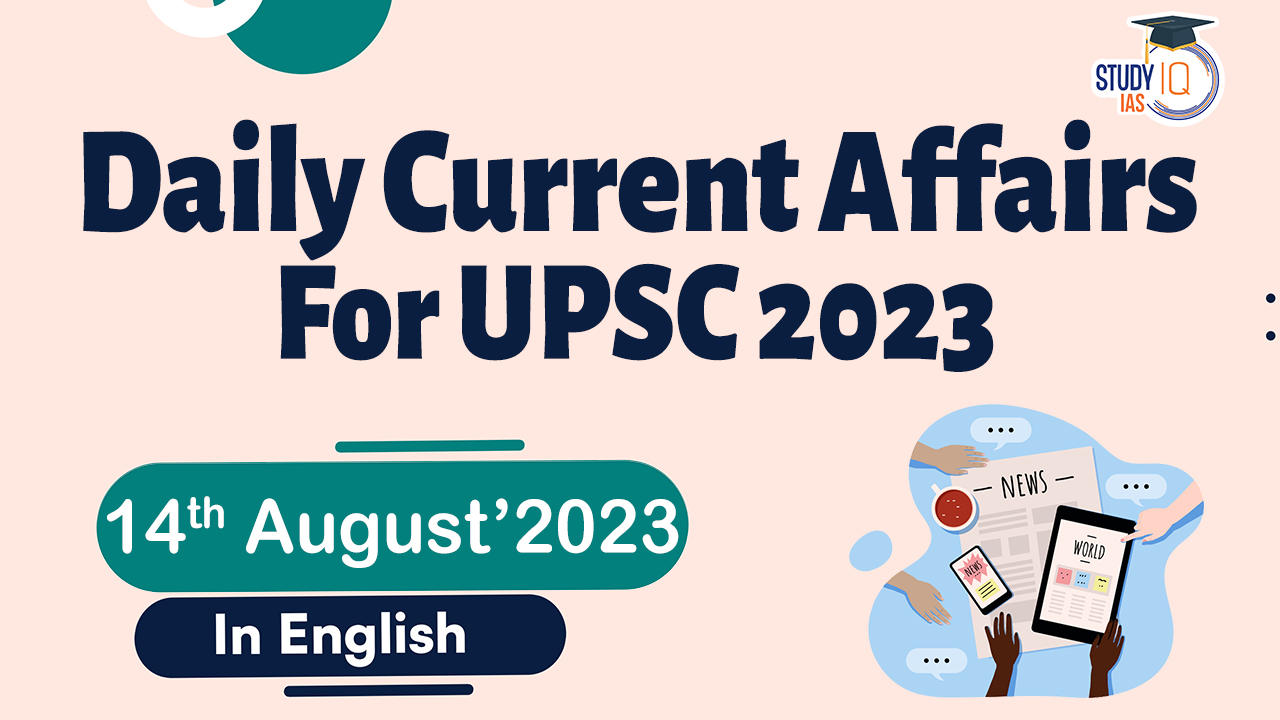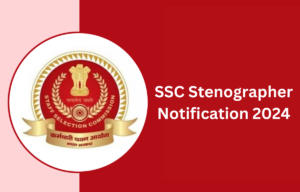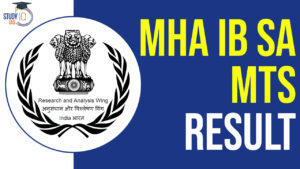Daily Current Affairs for UPSC 2023
Q) The Central Armed Police Forces (CAPFs) in India functions under which of the following authority?
- Ministry of Defence
- Prime Minister’s Office
- Ministry of Home Affairs
- National Security Council
Daily Current Affairs for UPSC – 12 August April 2023
Explanation:
- Option (3) is correct: The Central Armed Police Forces is the collective name of central police organizations (CPOs) in India. The Central Armed Police Forces refers to seven security forces, all functioning under the authority of Ministry of Home Affairs. The 7 security forces in CAPF are: Central Reserve Police Force (CRPF), Central Industrial Security Force (CISF), Sashastra Seema Bal (SSB), Assam Rifles (AR), Indo-Tibetan Border Police (ITBP), National Security Guards (NSG) and Border Security Forces (BSF). These are technically paramilitary forces formerly known as Central Para-Military Forces (CPMF). Though the Assam Rifles functions under the administrative control of the MHA, its operational control rests with the Indian Army. Since 2011, India adopted the term “central armed police forces” and dropped the word “paramilitary”. These forces are responsible for internal security and guarding the borders. Whereas, the Indian Armed Forces comprise of three divisions – Indian Army, Indian Navy, and the Indian Air Force under the management of the Ministry of Defence.
Q) Consider the following statements about the Solar Rooftop Consumer Financing Scheme:
- It was launched in Vishakhapatnam to target domestic consumers with more than 200 units of monthly electricity consumption.
- Under the scheme, consumers do not have to incur any upfront costs for installing a 1 kW solar rooftop system.
- The scheme has been very successful in promoting the adoption of solar energy in Vishakhapatnam.
Which of the statements give above are correct?
- 1 and 2 only
- 1 and 3 only
- 2 and 3 only
- 1, 2 and 3
Explanation:
- Statement 1 is incorrect but Statement 2 is correct: The Solar Rooftop Consumer Financing Scheme in Vishakhapatnam, Andhra Pradesh, India is a successful example of how a government-backed program can help to promote the adoption of solar energy. The scheme was launched in 2016 by the Andhra Pradesh Eastern Power Distribution Company Limited (APEDCL) in partnership with the Government of Andhra Pradesh, the National Renewable Energy Development Agency (NREDCAP), and Andhra Bank. The scheme targets domestic consumers with less (Not more) than 200 units of monthly electricity consumption. Under the scheme, consumers do not have to incur any upfront costs for installing a 1 kW solar rooftop system.
- Statement 3 is correct: The Solar Rooftop Consumer Financing Scheme has been very successful in promoting the adoption of solar energy in Vishakhapatnam. As of March 2023, over 10,000 solar rooftop systems have been installed under the scheme, with a total capacity of 10 MW. This has helped to reduce the electricity demand of these consumers by an estimated 10 million units per year.
Q) With reference to the Rule of law, consider the following statements:
- The concept of the Rule of law was developed by the English Professor and Constitutional expert A.V. Dicey
- In India, the reflection of rule of law can be seen in Article 14 of Indian constitution and had its contours expanded by the Supreme Court.
- The general principles of the Indian Constitution are the result of judicial decisions of the higher courts in India.
How many of the statements given above are correct?
- Only one
- Only two
- All three
- None
Explanation:
- Statements 1 and 2 are correct: It was A.V. Dicey, the English Professor and Constitutional expert, who developed the concept of the ‘Rule of law’. The ‘Rule of law’ means that all laws apply equally to all citizens of the country, and no one can be above the law.
- Any crime or violation of law has a specific punishment as well as a process through which the guilt of the person has to be established.
- It also says that no person shall be subject to harsh, uncivilized or discriminatory treatment even for the sake of maintaining law and order.
- In India, the reflection of rule of law can be seen in Article 14 of Indian constitution and had its contours expanded by the Supreme Court.
Dicey defined 3 principles that govern the rule of law:
- Supremacy of Law
- Equality before Law
- Predominance of Legal Spirit
- Statement 3 is incorrect: According to A.V Dicey, predominance of legal spirit in the context of rule of law means that the general principles of the constitution are the result of judicial decisions of the courts in England. However, this principle does not apply in the case of a written constitution. It stands modified in India, where it reads that the constitution is the supreme law of the land & all other laws in order to be legally valid shall conform to the constitution.
Q) Consider the following statements about Pradhan Mantri Uchchatar Shiksha Abhiyan (PM-USHA):
- Under the National Education Policy, Rashtriya Uchchatar Shiksha Abhiyan (RUSA) has been launched as PM-USHA
- It is a central sector scheme, aims to work with 300-plus state universities and its affiliated colleges.
- PM-USHA is funded through the Ministry of Education (MoE) with 100 percent contributions from the Central Government in all States of India.
How many of the statements given above are correct?
- Only one
- Only two
- All three
- None
Explanation:
- Statement 1 is correct but Statement 2 is incorrect: Pradhan Mantri Uchchatar Shiksha Abhiyan (PM-USHA) a centrally sponsored (not sector) programme, aims to work with 300-plus state universities and its affiliated colleges. The PM-USHA aims at providing strategic funding to eligible state higher educational institutions. Under the National Education Policy, Rashtriya Uchchatar Shiksha Abhiyan (RUSA) has been launched as Pradhan Mantri Uchchatar Shiksha Abhiyan (PM-USHA).
- Statement 3 is incorrect: PM-USHA is funded through the Ministry of Education (MoE) with prescribed contributions from the State governments and Union Territories (UTs). The project cost in the public-funded institutions is shared between the Central Government and State Governments in the ratio of 90:10 for North-Eastern States, J&K, Himachal Pradesh, and Uttarakhand and 60:40 for the Other States and UTs with Legislature, the UTs without Legislature would be 100% centrally funded under this scheme.
Q) Consider the following statements about Manual for Drought Management of 2016:
- It directs State Governments to use the Mahatma Gandhi National Rural Employment Guarantee Scheme to provide immediate employment to drought-affected people.
- The Manual for Drought Management at Central level effectively captures the agricultural distress in rural areas during drought.
Which of the statements given above is/are correct?
- 1 only
- 2 only
- Both 1 and 2
- Neither 1 nor 2
Explanation:
- Statement 1 is correct but Statement 2 is incorrect: The 2016 version of the Drought Management Manual is a guide for governments and agencies in India engaged in the prevention, mitigation and management of drought. The manual sets out four important measures that a state government should take at the time of a drought, with the Union government’s help.
- It should use the Mahatma Gandhi National Rural Employment Guarantee Scheme (MGNREGS) to provide immediate employment to drought-affected people.
- The public distribution mechanism should be strengthened to provide food and fodder as a measure to sustain the rural economy.
- The government should initiate actions to recharge the groundwater table by building check dams and providing pipeline water and other irrigation facilities.
- The government should either waive off or defer farmer loans and arrange for crop loss compensation.
Problem Areas in the Manual for Drought Management, 2016: The Manual for Drought Management of the Centre “integrates meteorological, agricultural and hydrological drought”, which did not capture the agricultural distress in rural areas.


 SSC Stenographer 2024 Notification Out a...
SSC Stenographer 2024 Notification Out a...
 IB SA MTS Final Result 2024 Out at mha.g...
IB SA MTS Final Result 2024 Out at mha.g...
 Model Skill Loan Scheme, Eligibility, Re...
Model Skill Loan Scheme, Eligibility, Re...

















